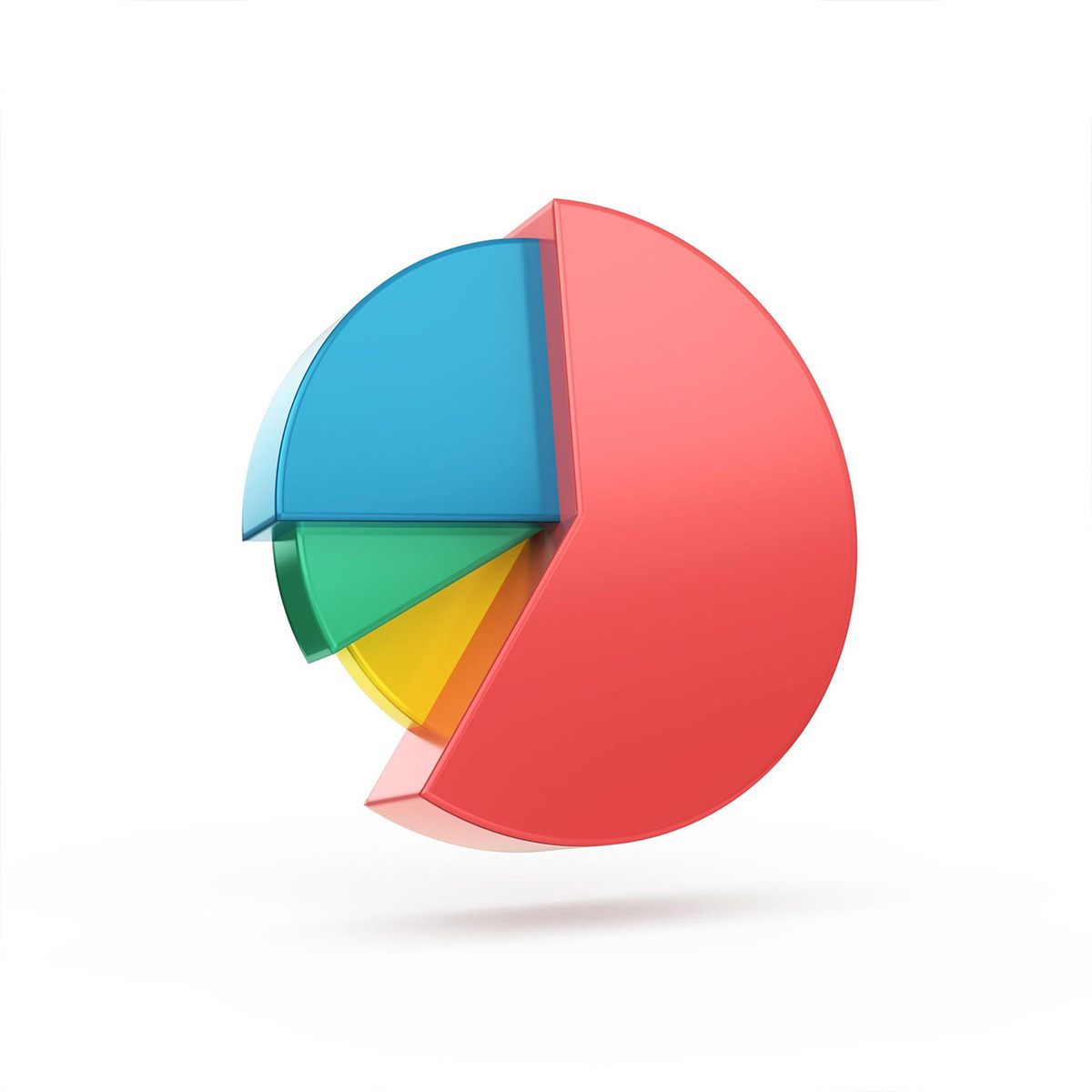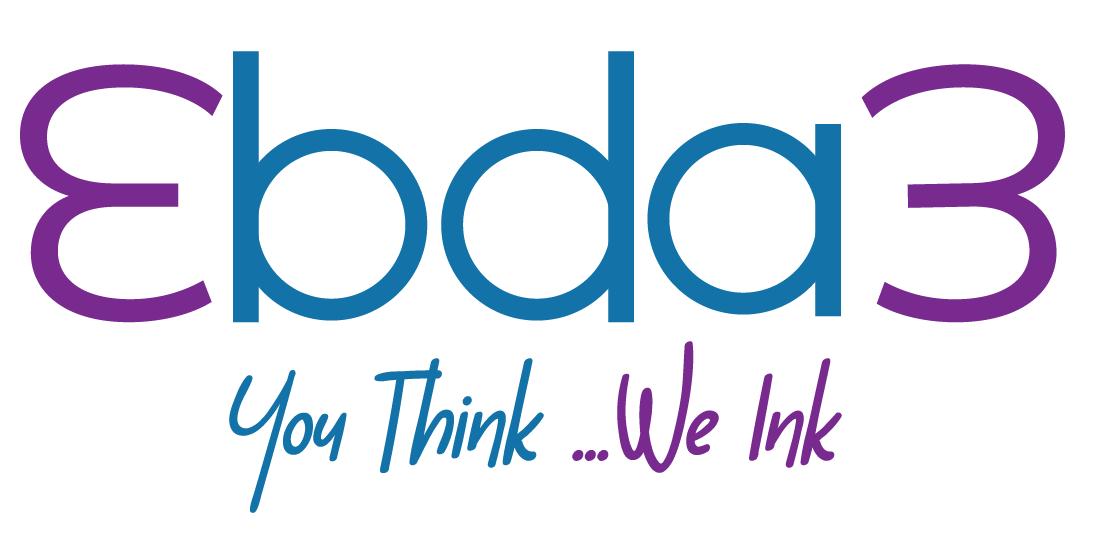How effective is using infographics or visual content in presenting information?

Various types of websites populate the internet nowadays, with multiple and assorted contents to offer. Thus, it is a great challenge to produce web content that will engage and sustain your viewers’ interest to read, post, and share your content.
Humans are visual creatures and spend 10% more viewing time than reading text. It only takes a matter of seconds for the viewer to decide whether to stay on your website or jump to the next one.
It is, therefore, crucial to carefully select your web content. Web content not only depends on its textual content to deliver information. Also, it heavily relies on the power of visual appeal and meaning to further deliver your message. This is where visuals and infographics come into the picture.
Visuals or visual content is web content that relies primarily on visual elements to convey or support other web content. On the other hand, infographics are a compilation of images, charts, and minimal text that provides an easy-to-grasp topic overview.
Table of Contents:
- Visuals and Infographics Attract Short Attention Spans and Sustain Viewers’ Interest.
- Visuals and Infographics Make Your Content Easily Remembered and Marketable.
- Visuals and Infographics Summarize and Clarify Information.
- Visuals and Infographics Enable Linkability and Shareability of Information.
- Visuals and Infographics Help Repurpose Meaningful Content.
- Visuals and Infographics Solidifies Brand Identity and Loyalty.
- Visuals and Infographics Facilitate Lead Generation.
- Visuals and Infographics Produce More Organic Visibility.
To write Infographics and Visual Content a pro, here are some tips:
1. Outline your goals for creating your infographic
Before defining your goals, let’s make sure you know what an infographic is and the different scenarios you can use it for.
Provide a quick overview of a topic:
Whether you’re presenting a new concept that is difficult to understand, outlining the steps in a project plan, or introducing a new policy, summarizing the information with an infographic can clear up confusion.
2. Display research findings or survey data:
Infographics are the perfect way to share survey data because they allow you to tell a story with your data.
This comes in particularly handy if you’re sharing your survey data on social media, in a blog post, or on a white paper.
Infographics create the potential to get a lot of eyes on your survey data.
Take this content marketing statistics infographic.
3. Summarize a long blog post or report
When you have a long blog post or report, it can be helpful to summarize key points in an infographic.
This makes it easy for readers to scan for the most important information.
Instead of having to answer the same questions after sending out a report, or having people miss out on important details—a summarized visual report helps to eliminate these issues.
Examples of information that can be summarized and clarified by using visual content include:
- Demonstration of how an object or product works through videos
- Step-by-step instructions for performing a procedure through an infographic
- Break down the parts of a whole through charts and graphs
- Comparisons of products or items through tables
- Outline or summary of an event or topic through an infographic
- Statistics or figures for a particular study through infographics and image
Visuals and Infographics Enable Linkability and Shareability of Information:
Visuals and infographics serve as great ways to land relevant internal and external links.
You can attach hyperlinks of related information to your chosen visuals or infographics to help your readers land on intended informative websites.
Visual content acts like a snowball that enables the reader to transfer from one website or link to another through links.
You can attach hyperlinks that are relevant to your content and contain authoritative sources.
Visual contents are also easy to share.
As a content creator or marketer, you can share various visuals (charts, infographics, images, etc.) to your social media or main web page. Twitter, for example, has 35% more retweets from tweets with visual content than tweets with plain text. Through visuals and infographics, you can entice your viewers’ attention while promoting and advertising your web content.
Learn more about: Infographics and Visual Content





